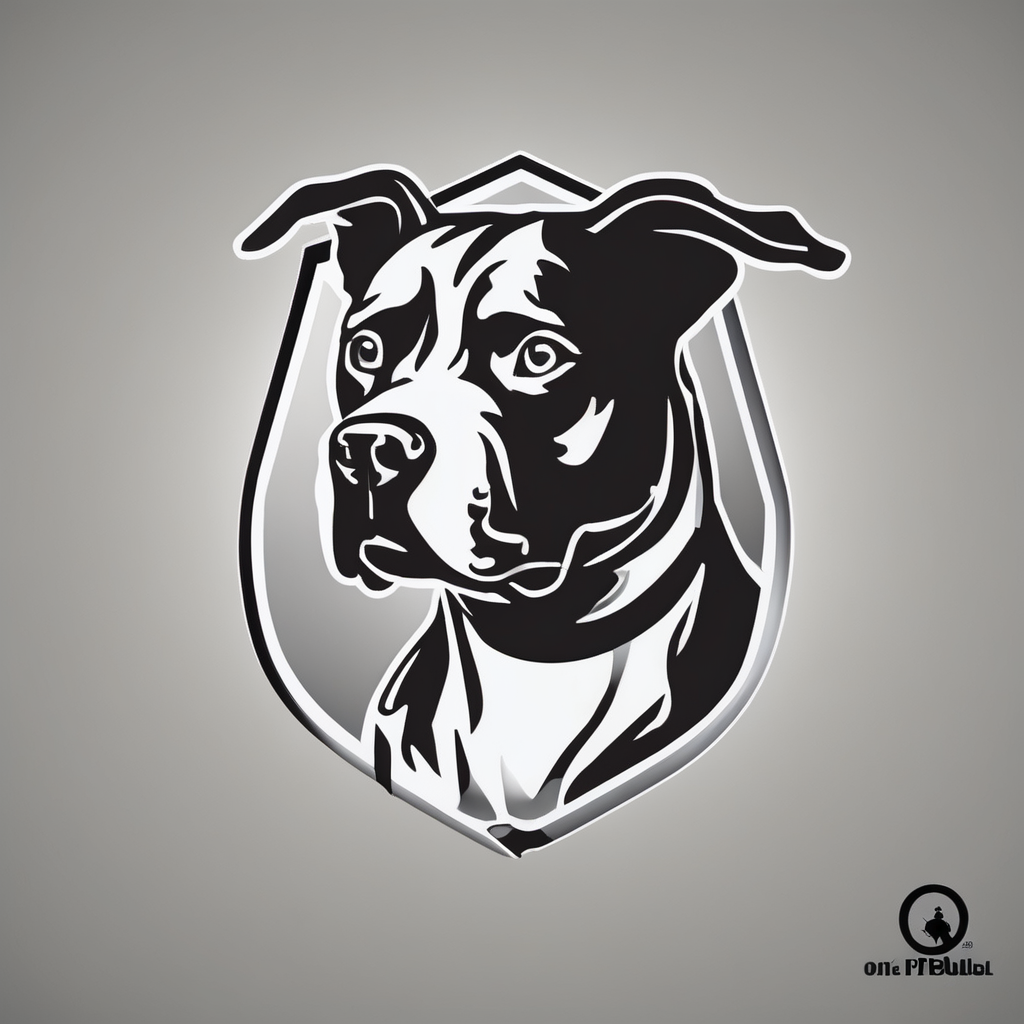Essential Tools and Preparations for Guinea Pig Grooming
Creating a safe and comfortable grooming routine
Successful guinea pig grooming begins with assembling the right grooming equipment. Essential tools include a soft-bristled brush designed for small animals, small pet nail clippers to trim nails safely, and gentle, safe shampoos formulated specifically for guinea pigs to protect their sensitive skin.
Also read : What are the common misconceptions about keeping exotic fish as pets?
Preparing for guinea pig grooming also involves creating a calm environment. Choose a quiet, warm space with good lighting to help your pet feel secure. A non-slip surface or towel helps prevent slipping during grooming. Keep treats nearby to reward your guinea pig and ease any stress.
Before starting, ensure your guinea pig is relaxed and comfortable. Handle them gently, slowly introducing each tool to familiarize them and reduce anxiety. Regularly inspect your yet-to-be-groomed pet for any signs of discomfort or health issues, which can be addressed early. Proper preparation not only makes the grooming process smoother but also strengthens the bond between you and your guinea pig.
Also to read : How Do Unusual Pets Shape the Lives of UK Families?
Step-by-Step Guide to Brushing and Coat Care
Simple techniques for maintaining your guinea pig’s coat
Brushing guinea pigs supports their overall health and keeps their coat clean and tangle-free. For effective guinea pig coat care, regular brushing is essential. Ideally, brush your guinea pig at least once or twice a week; this frequency helps remove loose fur and prevents matting. Long-haired breeds require daily attention to manage tangles, while short-haired guinea pigs benefit from less frequent sessions.
When brushing, use gentle, guinea pig grooming tools like a soft-bristled brush or a small pet comb. Always brush in the direction of hair growth to avoid causing discomfort. Begin with light strokes, gradually increasing pressure as your pet gets used to the sensation.
Pay close attention to areas prone to tangles, such as behind the ears and around the rear. If you notice shedding or tangled fur, carefully separate knots with your fingers or a comb before brushing further. Regular brushing not only enhances fur health but also helps spot early signs of skin irritations or parasites.
Remember, patience and calm handling during brushing sessions can reduce stress and encourage your guinea pig to enjoy the grooming process. Establishing this routine fosters trust and protects the pet’s coat in the long run.
Safe and Effective Nail Trimming Techniques
Safeguarding your guinea pig’s comfort and health
Guinea pig nail trimming is a vital part of overall nail care for guinea pigs that helps prevent discomfort and mobility issues. Knowing when to trim is essential: nails that visibly extend beyond the paw pads or cause clicking sounds on surfaces indicate it’s time for a trim. Frequent checks help avoid overgrown nails, which can curl and injure your pet.
Using small, sharp pet nail clippers designed specifically for tiny paws ensures clean cuts without splitting. Before trimming, position your guinea pig securely but gently to reduce stress, and grasp the paw firmly yet softly. Trim only the tip of each nail; avoid cutting too close to the quick, which is the pinkish area housing blood vessels, to prevent pain and bleeding.
If uncertain about the quick’s location, trimming in bright light or consulting a veterinarian can help. For guinea pigs with darker nails, trimming small amounts regularly reduces risk. Challenges like squirming can be managed by enlisting a second person for support or wrapping your pet lightly in a towel for safety.
Consistent attention to nail care for guinea pigs promotes comfort and prevents injuries while turning nail trimming into a stress-free part of your grooming routine.
Bathing Your Guinea Pig: Best Practices
Ensuring hygiene with gentle and safe methods
Bathing guinea pigs should be approached with care due to their sensitive skin and natural oil balance. Bathing is generally recommended only when necessary, such as if your guinea pig is particularly dirty or has a skin condition—over-bathing can dry out their skin. Typically, a bath every few months is sufficient for hygiene.
Before bathing, gather all grooming equipment: a small tub with warm water (around 37°C or 98°F), guinea pig-safe shampoos, and soft towels for drying. Use only shampoos formulated specifically for guinea pigs to avoid irritation.
To bathe your guinea pig, fill the tub with just enough water to reach their belly. Gently immerse and wet your pet, carefully applying shampoo while avoiding eyes and ears. Rinse thoroughly but calmly to remove all soap residues, as leftover shampoo can cause skin problems.
After the bath, dry your guinea pig immediately with a soft towel in a warm, draft-free area. Avoid using hairdryers, which can frighten or burn them. Keeping your guinea pig warm during and after bathing supports their health, reducing stress and preventing chills.
Following these safe bathing methods ensures proper guinea pig hygiene without compromising their delicate skin or well-being.
Essential Tools and Preparations for Guinea Pig Grooming
Creating a safe and comfortable grooming routine
Choosing the right guinea pig grooming tools is crucial for a smooth grooming experience. Key grooming equipment consists of a soft-bristled brush to gently detangle and clean fur, snug-fitted pet nail clippers designed for small animals, and specially formulated, safe shampoos to protect the delicate skin of your guinea pig.
When preparing for guinea pig grooming, it is important to establish a calm, secure environment. Select a quiet area free from loud noises, ideally with natural or adequate lighting for clear visibility. Utilize a towel or non-slip surface to provide stability and prevent your pet from slipping during the grooming session.
Introducing each grooming tool gradually helps reduce stress. Handle your guinea pig with gentle movements, allowing them to explore the tools at their own pace. This approach fosters comfort and confidence. Keep some treats on hand to reward and encourage cooperation, making grooming a positive experience.
Thorough preparation not only safeguards the well-being of your pet but also promotes trust and bonding. Equipped with the right tools and mindset, grooming becomes an enjoyable part of routine care for your guinea pig.
Essential Tools and Preparations for Guinea Pig Grooming
Creating a safe and comfortable grooming routine
Selecting the right guinea pig grooming tools is essential for both effectiveness and your pet’s comfort. A soft-bristled brush is ideal for removing loose fur and detangling, while small, sharp pet nail clippers safely manage your guinea pig’s nails without injury. Use only safe shampoos specifically formulated for guinea pigs to protect their delicate skin from irritation during bathing.
When preparing for guinea pig grooming, establish a calm, secure environment. Use a quiet room with steady lighting so you can clearly see your guinea pig’s coat and skin. Place a non-slip mat or towel on your grooming surface to prevent slipping and keep your guinea pig steady.
Before beginning, gradually introduce each item to your pet to reduce anxiety—this familiarization helps your guinea pig associate grooming equipment positively. Handling your guinea pig gently and offering treats can encourage cooperation and trust throughout the grooming routine.
These key steps in choosing grooming equipment and setting up a peaceful environment not only ensure safety but also make grooming a calming, enjoyable experience for both you and your guinea pig.

